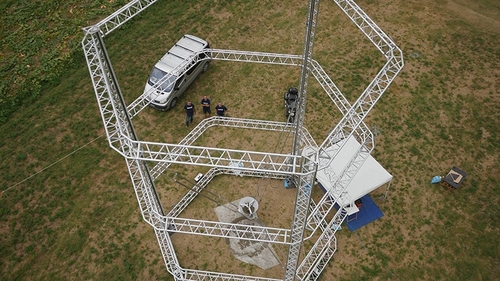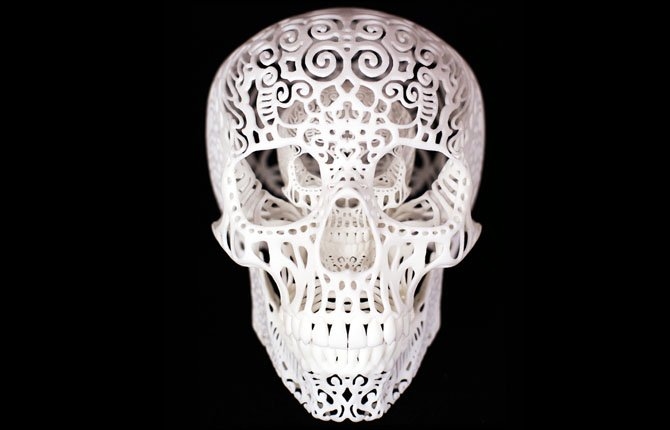Something really popular and diffusing at the moment is 3D printing. The first patents for 3D printing were requested in the 80’s (De wereld van 3d-printen, 2015) . Consumers could buy the product since 1988. By then, those printers were not that popular because they were much more expensive than now. A lot of people didn’t know about these printers, but this changed last years. The development of 3D printers has been much faster the past years. Now you can buy a cheap printer on th

Some years ago, I couldn’t even dream of a printer which would be able of printing actual tangible 3D objects. It’s even possible to print food with it! Engineers started last month by building sustainable houses by using a huge 3D-printer (Kraaijvanger, 2015). This printer can be inserted, for example, after natural disasters. Isn’t this amazing?
Great things you can do with it, but unfortunately like most things, it also has another side. Printing sustainable houses doesn’t mean it is durable. According to Gllpin (2014) which describes a research of Loughborough University, do 3D printers consume about 50 to 100 times more electrical energy than injection molding to make an item of same weight. However, on the other side there are no transport costs for products anymore, CAD files can be send via the internet.
3D printers could also be a problem for your health since they produce ca. 20 billion nanoparticles per minute, which is almost the same as cooking on gas (Stephens, 2013 & Gllpin, 2014). This is not a problem for most people, but it could cause problems for people which have e.g. asthma.
Another problem is that the most cheapest and therefore popular material for 3D printing is plastic. Last Thursday the 8th of October 2015, I went to AVR in Rotterdam which is a waste processing company. They told me that plastics are not sustainable and that it is difficult to recycle. Steel or glass are a much easier to recycle. Luckily, people who care about the environment can choose for printing with non-plastics.

There is also a dangerous side about 3D printing. Some plastics which you can use for printing are highly flammable or toxic. People must know those things before they start using their printed products. There is also a possibility to download weapons which you put in a CAD program, which can be easily printed. Also skimming will be easier, same as copying of keys. People can also print drugs or medicines, which can increase dealing, misusing and addiction. But to be realistic, if people are convinced to get guns or medicines, they get it anyway, with or without 3D printing.
Issues, issues, issues. A lot to think about. Now I come at the point where I think: was it possible to prevent these risks? Or should have people thought about the possible risks better? Preventing is always better as healing, but is this always possible? I don’t thinks so. I still like 3D printing, even when I know the risks. I think risks could be also a source for change and innovation. Without risks, no innovations should exist.
With innovation comes risk. And with risk comes thinking about solutions, which can lead to innovation again. Innovations are important to go forward, to the future. The most important thing you have to ask yourself is: Are the risks of technology acceptable and changeable? If the answer is ‘yes’, than you’ve got a responsible innovation in your pocket!
Sources
De wereld van 3d-printen (2015). Box 2 korte schets van de geschiedenis van 3D-printen. Consulted at the 9th of October 2015, Retrieved from http://www.3dprintwereld.com/13
Kraaijvanger, T (2015). Gigantische 3D-printer kan duurzame huizen printen. Consulted at the 9th of October 2015, Retrieved from http://www.scientias.nl/gigantische-3d-printer-kan-duurzame-huizen-printen/
Gllpin, L (2015). The dark side of 3D printing: 10 things to watch. . Consulted at the 9th of October 2015, Retrieved from http://www.techrepublic.com/article/the-dark-side-of-3d-printing-10-things-to-watch
Stephens, B (2013). Ultrafine particle emissions from desktop 3D printers. Consulted at the 9th of October 2015, Retrieved from http://www.sciencedirect.com/science/article/pii/S1352231013005086



